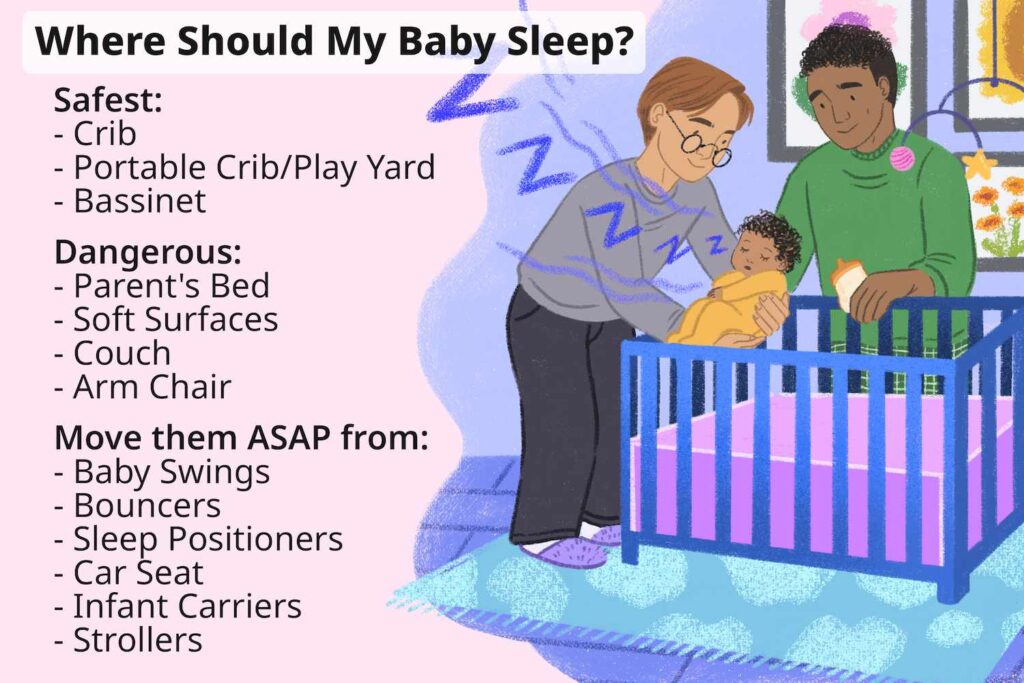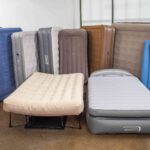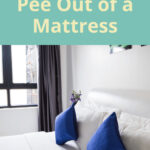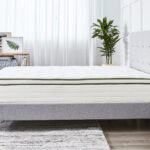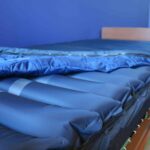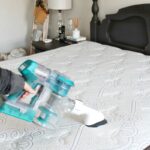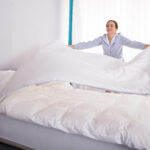If you’re wondering at what age can babies safely sleep on soft mattresses, you’re not alone. Every parent wants what’s best for their child, and when it comes to sleep, there are a few important safety considerations to keep in mind. Learn more about when and how to transition your baby from a firm mattress to a softer one in this article.
Benefits of Soft Mattresses for Babies
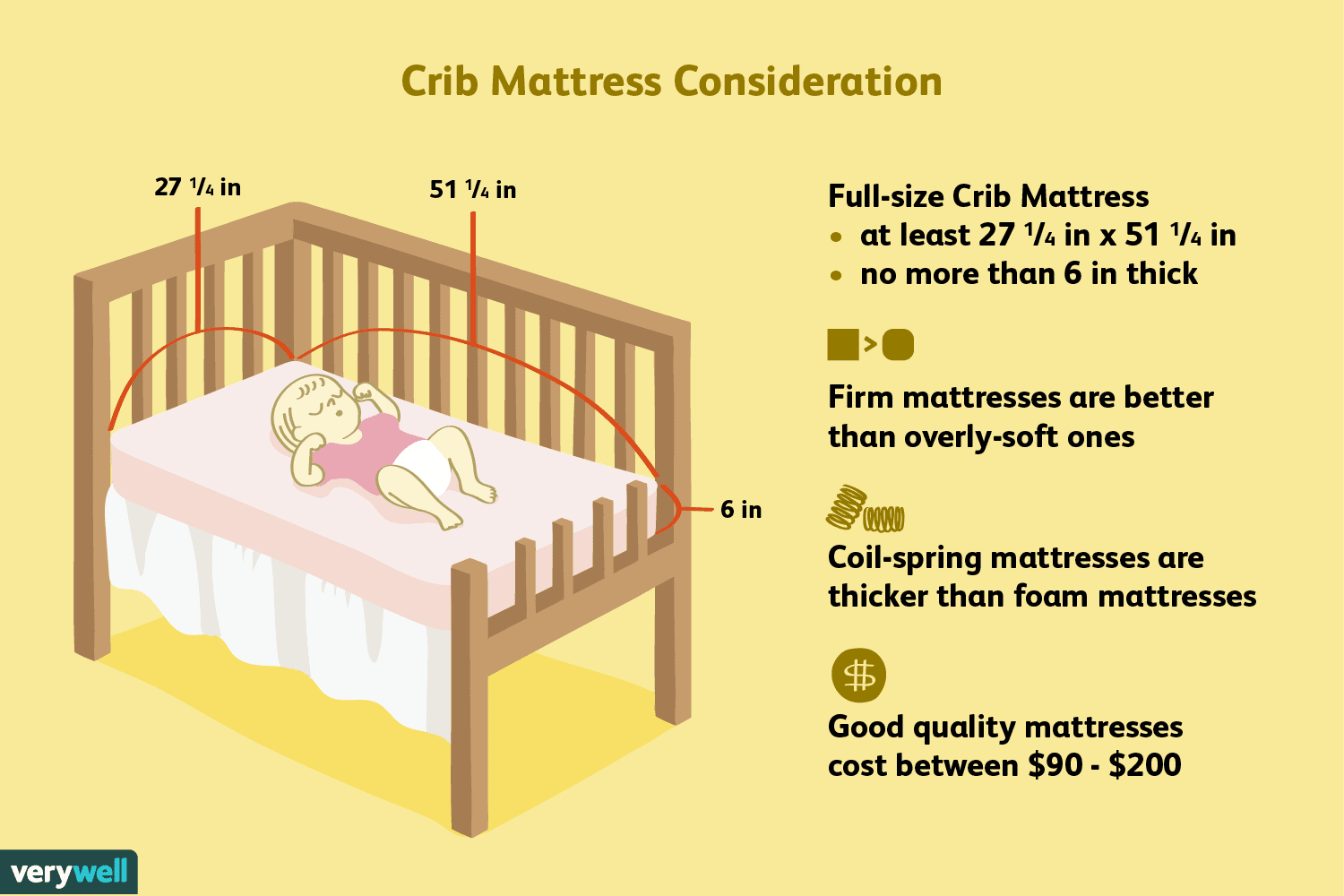
- Improved Comfort: Soft mattresses provide improved comfort and support for babies since they are softer than standard mattresses. This makes it easier for babies to sleep through the night.
- Reduced Risk of SIDS: Studies have shown that soft mattresses reduce the risk of Sudden Infant Death Syndrome (SIDS), as babies are less likely to roll over onto their stomachs and suffocate when sleeping on a soft mattress.
- Reduces Joint Pain: Since soft mattresses are more flexible and mouldable, they are better at reducing joint pain that can be caused from sleeping on a hard mattress.
- How to Make Crib Mattress Softer: If you’re looking for ways to make your baby’s crib mattress softer, you can purchase a mattress topper which is designed to make your baby’s mattress softer and more comfortable for them.
Risks of Soft Mattresses for Babies
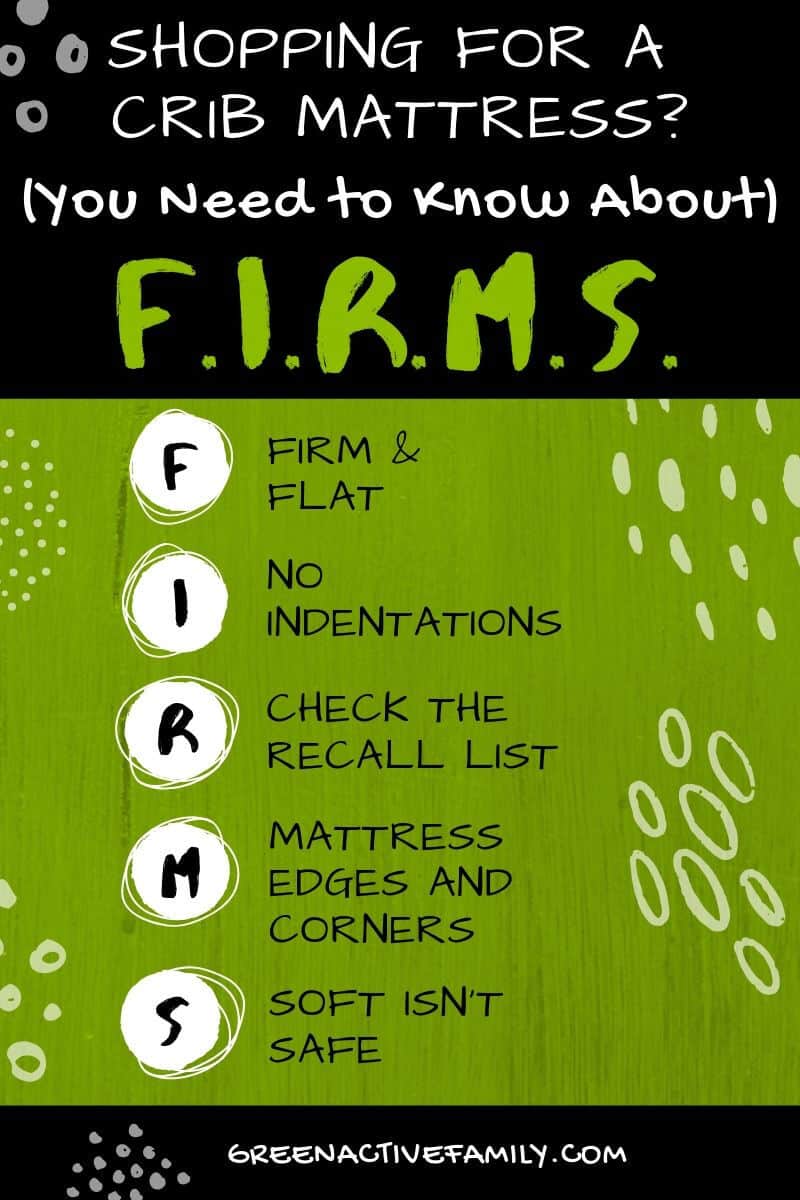
Soft mattresses can be a risk to infants and toddlers due to the potential for suffocation and entrapment. Babies may be too small to get out of a soft mattress or may become trapped between the mattress and wall or the mattress and bed frame. Babies can also suffocate if their face becomes buried in the soft mattress, and this can be especially dangerous if the baby is lying on its stomach.
Parents should be aware of the following potential risks to their baby:
- Suffocation: Babies may be too small or have not developed the strength to turn their heads if their face becomes buried in a soft mattress.
- Entrapment: Babies may become entrapped in the mattress if it is too soft and they are unable to move out of it.
- Strangulation: Babies may become entangled in the mattress due to the soft material.
- Overheating: Soft mattresses can trap the baby’s body heat, leading to overheating.
In order to ensure the safety of the baby, it is important to select a mattress that is firm and supportive. The mattress should be tested to ensure it meets safety standards for infants and toddlers. Additionally, the mattress should be checked regularly for any signs of wear and tear, to ensure there are no gaps or spaces that could pose a risk to the baby.
Types of Soft Mattresses for Babies
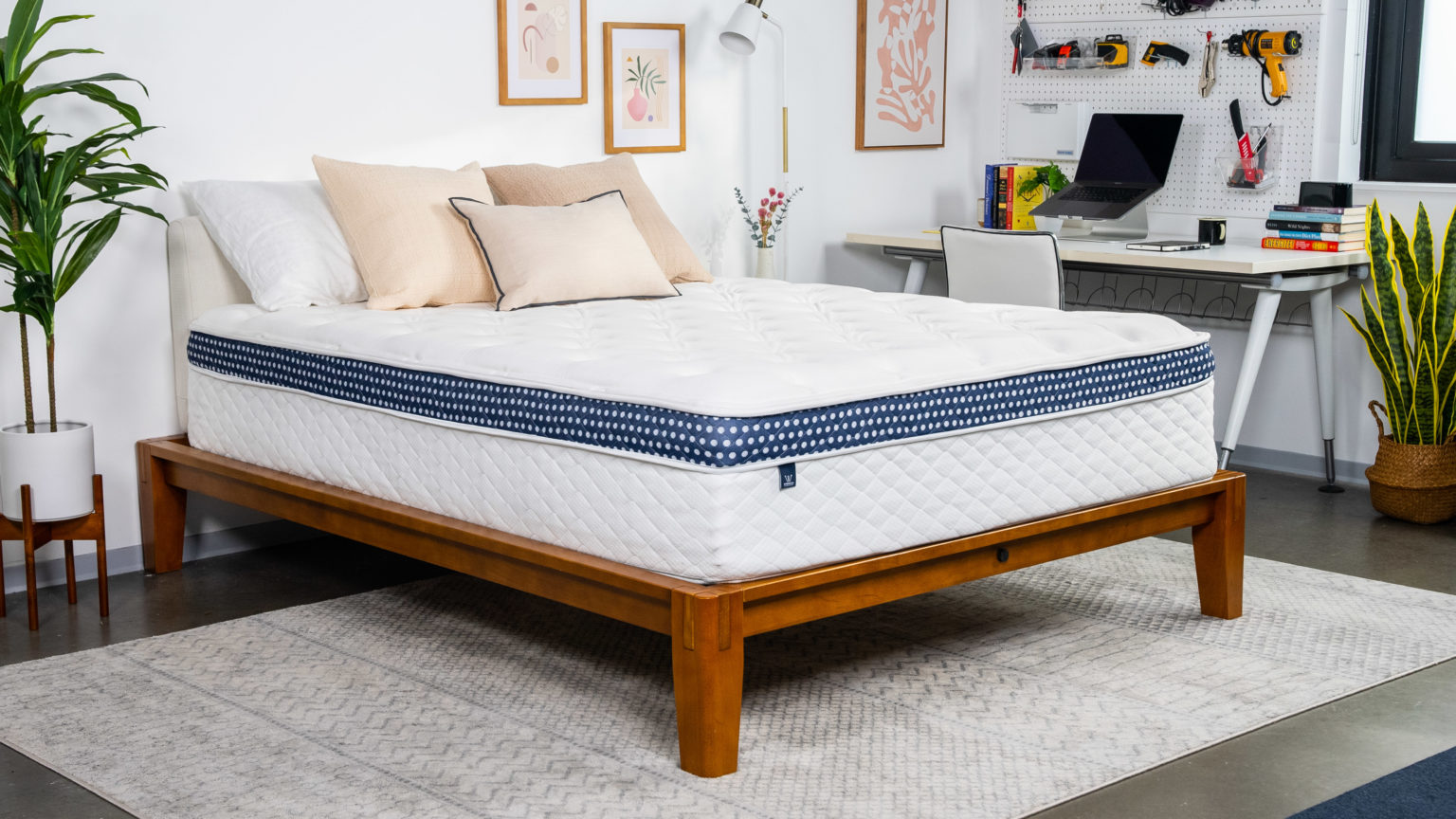
- Innerspring mattresses: A traditional innerspring mattress is made with a steel coil support system and is covered with a layer of cushioning on top. This type of mattress is typically comfortable and supportive, and provides a good balance of firmness and softness.
- Memory foam mattresses: Memory foam mattresses are made with a layer of foam that molds to the shape of your baby’s body for extra comfort and support. This type of mattress is generally softer than innerspring mattresses and can provide a more comfortable sleep experience.
- Latex mattresses: Latex mattresses are made with natural latex foam and are designed to be supportive and durable. These mattresses are usually softer than innerspring mattresses but still provide a good amount of support.
- Hybrid mattresses: Hybrid mattresses are a combination of memory foam and innerspring mattresses. These mattresses provide a good amount of support and cushioning, and are typically softer than innerspring mattresses.
How to Make Crib Mattress Softer
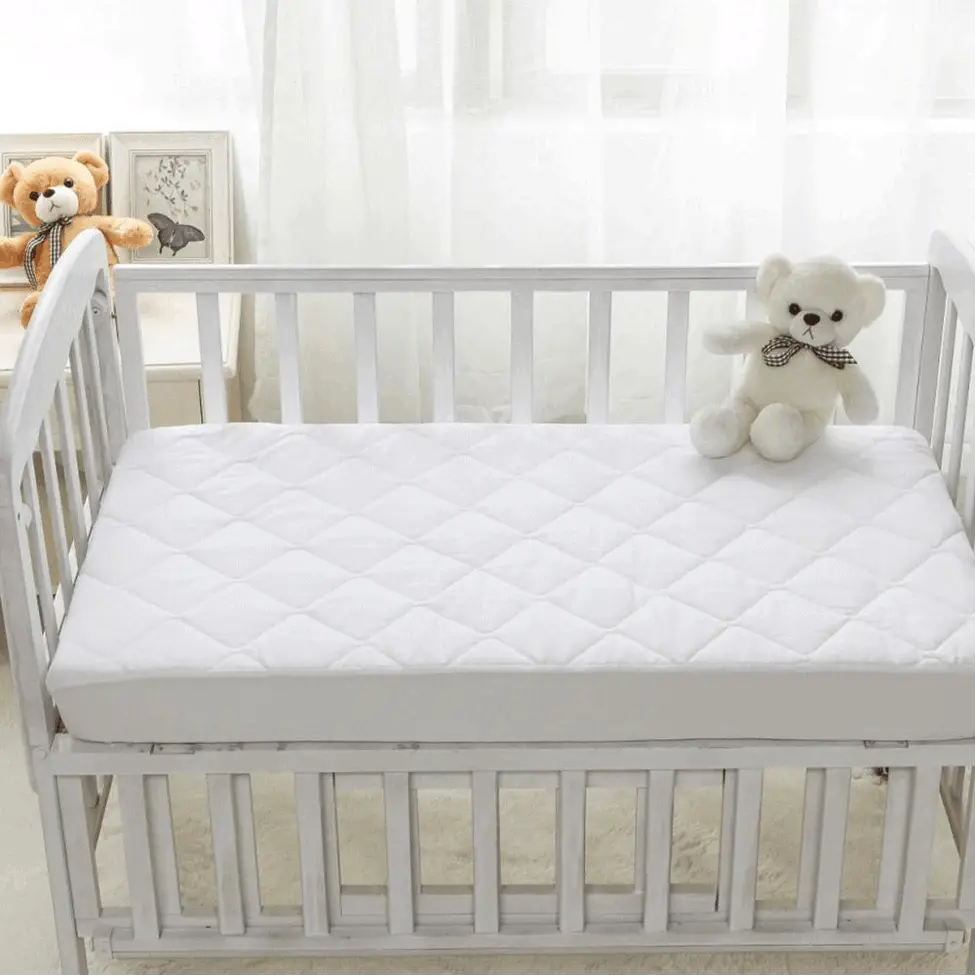
- Add Extra Layers – You can add extra layers of padding to the crib mattress to make it softer. You can use a thicker mattress protector, an extra mattress pad, or a mattress topper.
- Choose the Right Mattress – Mattresses come in different levels of firmness. Look for a mattress labeled “plush” or “extra soft” for the softest option.
- Put a Soft Blanket on Top – Placing a soft blanket on top of the mattress will add some additional softness. Make sure the blanket is thick enough that it won’t bunch up underneath the baby.
- Give the Mattress Time to Wear In – Mattresses will become softer over time as they are used. If the mattress is still too firm, give it at least a few weeks before making any changes.
Safety Guidelines for Soft Mattresses for Babies
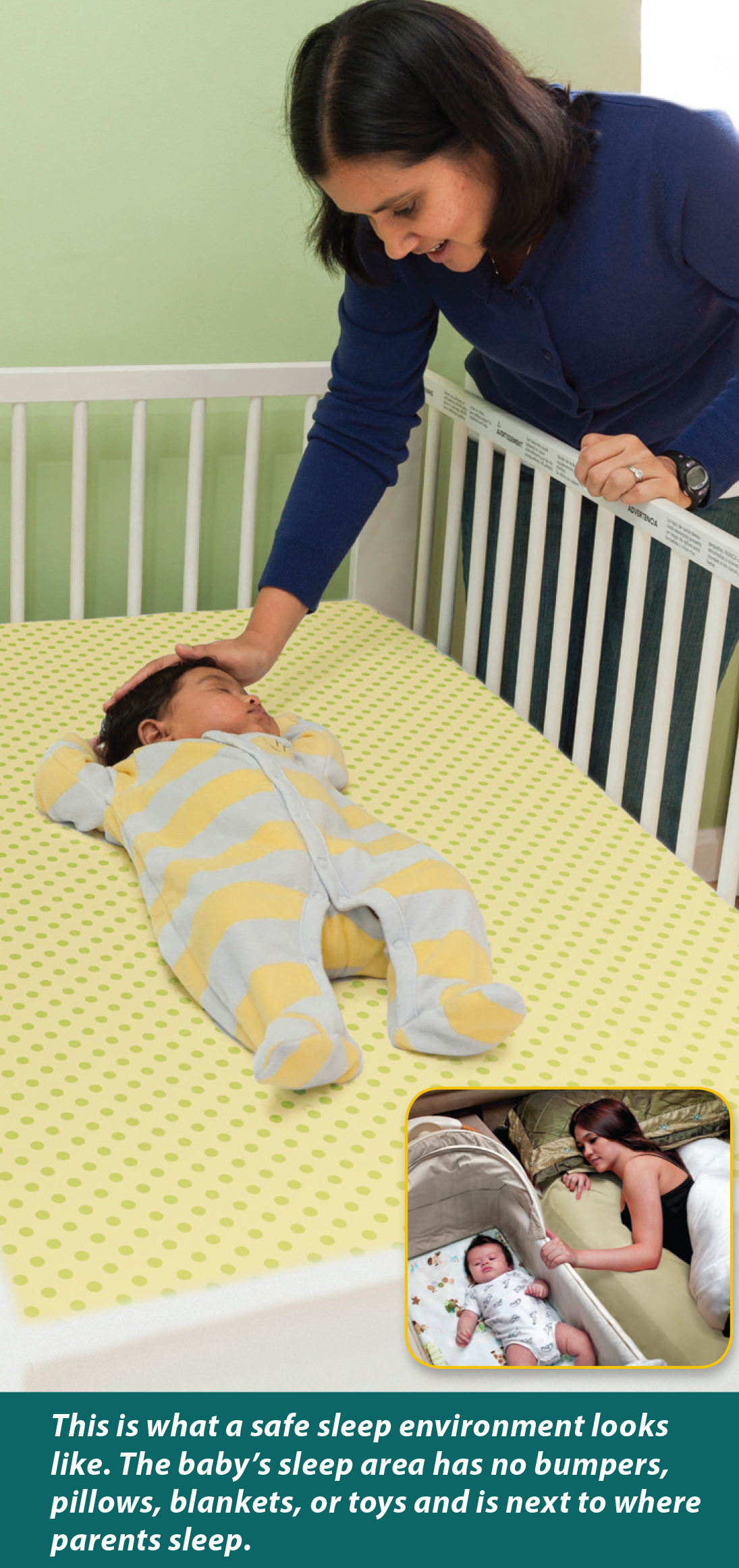
| Age | Recommended Mattress |
|---|---|
| 0-2 Months | Firm, flat surface |
| 2-12 Months | Firm mattress with tight-fitting sheet |
| 12-24 Months | Firm mattress with tight-fitting sheet |
| 24+ Months | Firm mattress with tight-fitting sheet and pillow |
Soft mattresses should be avoided for babies under 12 months of age. Soft mattresses can cause suffocation, and can also leave babies more prone to developing Sudden Infant Death Syndrome (SIDS). For babies up to 2 months, ensure they sleep on a firm, flat surface such as a crib mattress. For babies 2-12 months, use a firm mattress with a tightly fitted sheet. For babies 12-24 months, use a firm mattress with a tightly fitted sheet and pillow. After 24 months, babies can safely sleep on a soft mattress. However, it is still important to use a tight-fitting sheet and pillow.
When Can Babies Safely Sleep on Soft Mattresses?
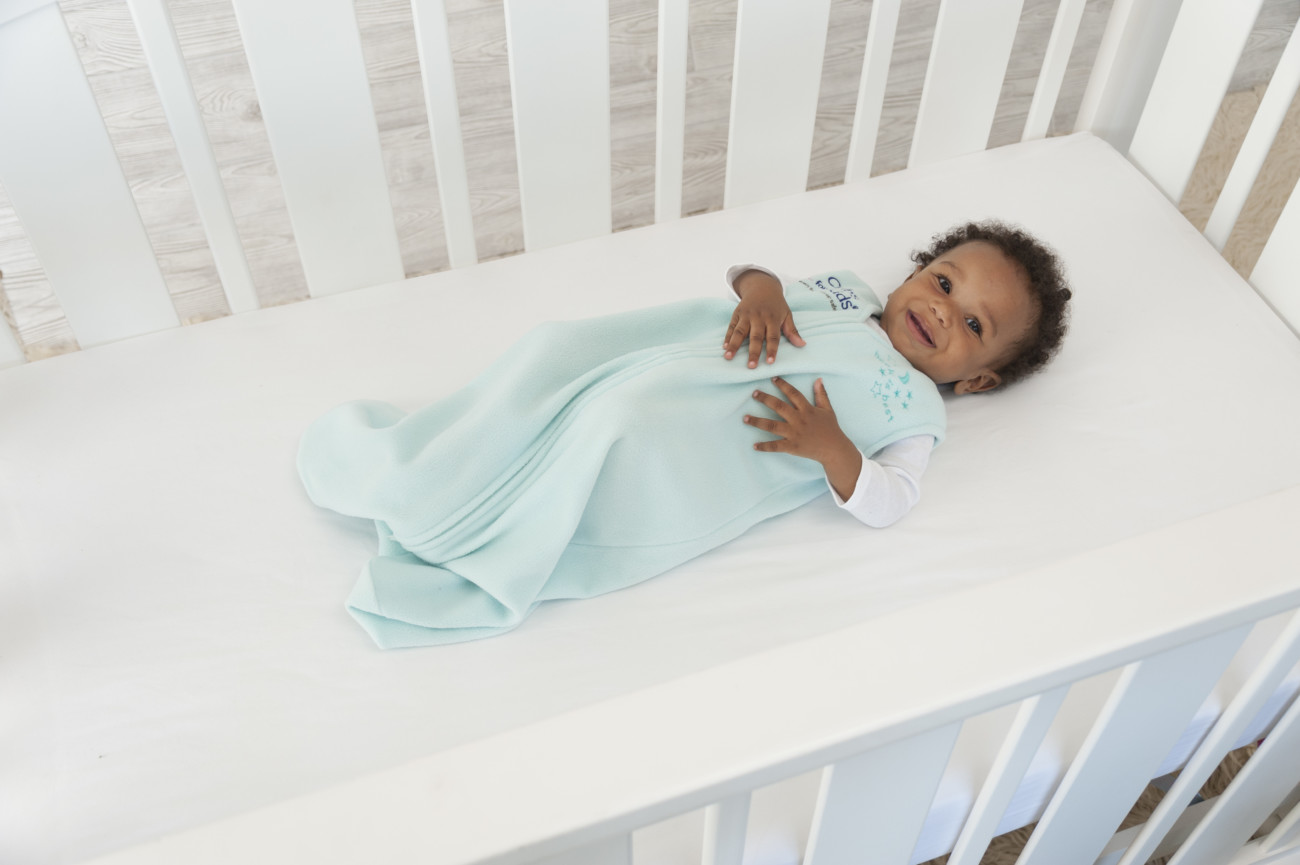
Babies should always sleep on a firm, flat surface. Soft mattresses, such as foam or pillow-top mattresses, are not suitable for babies until they are at least 12 months old. This is because they are more likely to cause suffocation or entrapment in the mattress. A firmer mattress will provide more support for a baby’s developing body.
Babies should also always be placed on their backs to sleep. This helps reduce the risk of sudden infant death syndrome (SIDS). Most parents start putting their baby in a crib by the time they are 4 to 6 months old. If you choose to use a soft mattress at this stage, it should have a firm, flat surface with no pillows, blankets, or other soft items on top.
When your baby is 12 months old, you can start to consider using a soft mattress. However, the mattress should still be firm and flat, and there should be no pillows, blankets, or other soft items on top. Additionally, your baby should still sleep on their back.
It is important to check the mattress for signs of wear and tear before you buy it. If there is any wear and tear, it is not safe for your baby to sleep on.
In conclusion, babies should not sleep on a soft mattress until they are at least 12 months old. The mattress should be firm and flat, and your baby should always be placed on their back to sleep. Be sure to check the mattress for any signs of wear and tear before you buy it.
Tips for Parents on Soft Mattresses for Babies
- Check the mattress for firmness: When selecting a mattress for your baby, make sure it is firm enough to provide support for your baby’s back and head. The mattress should also be free from sharp edges, bumps, and ridges.
- Look for air-permeable materials: Air-permeable materials such as cotton and wool are recommended for baby mattresses as they allow for better airflow. This helps to reduce the risk of overheating and moisture buildup.
- Choose waterproof covers: Waterproof mattress covers are essential for protecting the mattress and keeping it clean. Look for covers that are made from breathable materials such as cotton or bamboo.
- Check for safety certification: It is important to select a mattress that has been certified by the relevant safety organization. Check the label or manufacturer’s website to ensure the mattress meets the necessary safety standards.
- Consider other factors: When selecting a mattress for your baby, consider other factors such as the size, weight, and shape of the mattress. It is also important to make sure the mattress is compatible with your crib or bed frame.
Frequently Asked Questions
Is there a risk of a baby suffocating if they sleep on a soft mattress?
Yes, soft mattresses can pose a risk of suffocation to babies. The risk of suffocation increases with age. Babies under 12 months should sleep on a firm mattress that is designed specifically for infants.
- Soft mattresses can form a pocket around the baby’s face, leading to suffocation.
- Babies can roll over and become wedged between the mattress and the wall.
- Soft mattresses can cause the baby to sink into the mattress, leading to suffocation.
- Soft mattresses can cause the baby to overheat, increasing the risk of Sudden Infant Death Syndrome (SIDS).
To keep your baby safe, it is best to wait until they are at least 12 months old before introducing a soft mattress. Make sure to buy a firm mattress that is specifically designed for infants. Ensure that the mattress fits snugly in the crib and always place your baby on their back to sleep.
What type of mattress should be used for a baby’s crib?
When it comes to choosing a mattress for a baby’s crib, safety is key. Parents should look for mattresses that are:
- Firm – Avoid soft mattresses, such as pillow-top or foam mattresses, as they can cause serious health risks.
- Flat – Ensure the mattress is properly fitted and level with the crib. Using a mattress that is too thick or too thin can create dangerous gaps between the mattress and the crib.
- Securely Fitted – The mattress should fit snugly against the four sides of the crib, with no gaps in between.
- Non-toxic – Make sure the mattress has no chemical flame retardants and is free from lead, phthalates, and other toxic chemicals.
- Hypoallergenic – Choose a mattress that is hypoallergenic, as babies have sensitive skin and can be prone to allergies.
Parents should also consider the type of material used in the mattress. Cotton is a popular choice, as it is breathable and comfortable. However, some parents prefer natural materials such as wool or latex. Whichever type of material is chosen, parents should ensure it is free from allergens, toxins, and other contaminants.
Can babies sleep on a foam mattress?
- Softness: Foam mattresses are soft and comfortable, making them a great choice for babies. They are also lightweight and easy to move around.
- Breathability: Foam mattresses are breathable and offer good air circulation, helping to reduce the risk of overheating.
- Durability: Foam mattresses are durable and can last for years without sagging or breaking down.
- Cost: Foam mattresses are generally less expensive than other types of mattresses, making them a great option for budget-conscious parents.
- Safety: Foam mattresses are usually free of harmful chemicals, making them a safe option for babies.
Foam mattresses are a great choice for babies, offering a soft and comfortable sleep surface that is also lightweight and breathable. They are also durable, cost-effective, and safe for babies.
Is it safe for babies to sleep on a soft mattress with a pillow or blanket?
Soft mattresses, pillows, and blankets can be dangerous for babies under 12 months of age. Babies under 12 months should not sleep on a soft mattress, as it could increase their risk of suffocation. Similarly, pillows, blankets, and other soft bedding can be dangerous and should be avoided. It is important to create a safe sleeping environment for babies, free of any potential hazards.
Is it better for a baby to sleep on a mattress that is hard or soft?
Soft mattresses provide cushioning and support for babies, helping them to rest comfortably. However, an overly soft mattress can be a risk factor for Sudden Infant Death Syndrome (SIDS). To ensure safety, babies should sleep on a firm mattress until at least 12 months of age. It is important to remember that a baby should not sleep on a pillow, comforter, or any other soft bedding.
Conclusion
Babies should sleep on firm mattresses until at least 12 months of age. While soft mattresses can be safe for babies, parents should always supervise their children and ensure that the mattress is in good condition and free from potential hazards. Additionally, parents should ensure that the mattress is snugly fitting, and that the baby is not placed in an unsafe sleeping environment.
